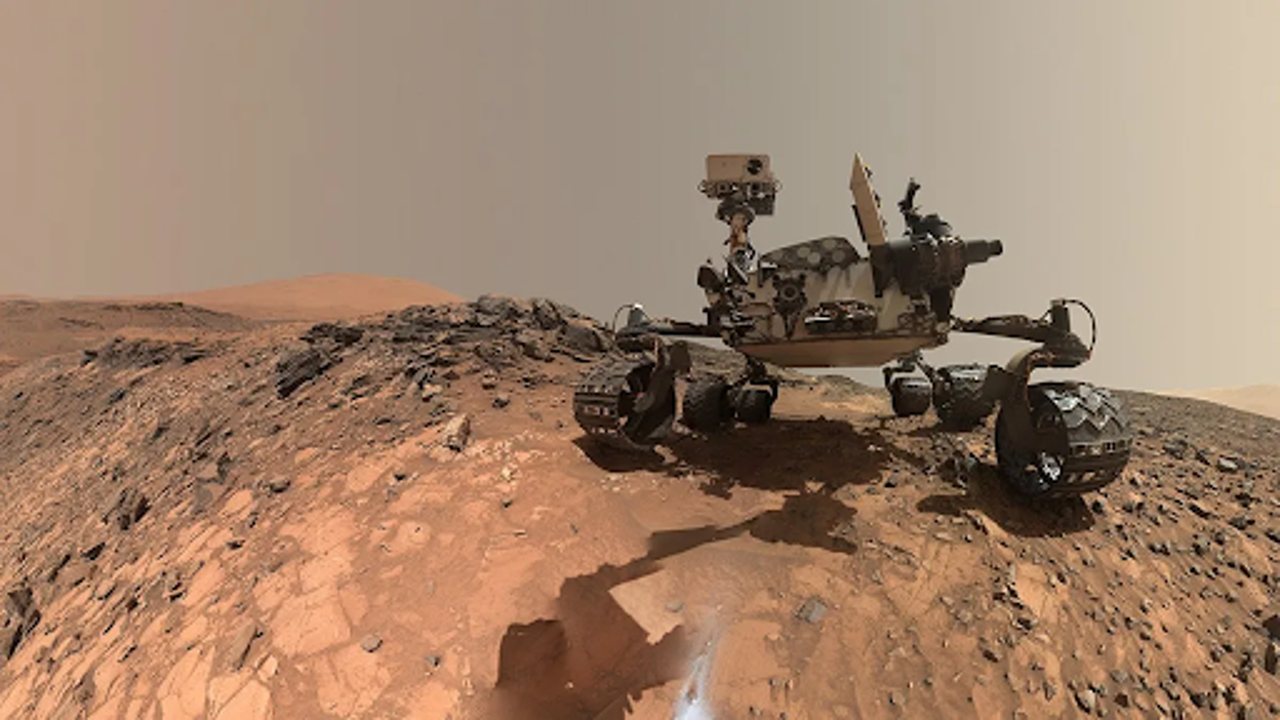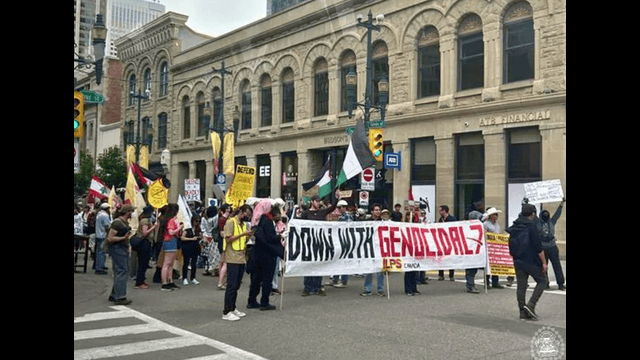
NASA's Curiosity rover is preparing to explore a region on Mars with unique, spiderweb-like "boxwork" features. A photo from 2006 shows a similar area to the one the rover will soon investigate. NASA
NASA's Curiosity rover, which has been exploring Mars for over 12 years, is gearing up for a new phase in its mission. After wrapping up its work in Gediz Vallis, the rover is now set to investigate a unique surface feature on the Red Planet: giant "spiderwebs." These web-like structures, known as "boxwork," have never been studied up close before, and they may hold valuable insights into Mars’ ancient watery past.
Curiosity's mission has already yielded remarkable discoveries. For example, it uncovered pure sulfur crystals and found rocks shaped by the action of an ancient lake. During its exploration of Gediz Vallis, a channel carved into Mount Sharp’s slopes, the rover also noticed a large hole in one of its wheels, highlighting the challenges of operating on the planet’s rugged terrain. After spending significant time in this region, Curiosity took a final 360-degree "selfie" to mark the end of its work there, as it prepares to venture into new territory.
Next up for Curiosity is a large area of boxwork deposits, which stretch between 6 and 12 miles (10 to 20 kilometers) across the Martian surface. These structures, first spotted decades ago, were named for their resemblance to the geometric shapes of a spider’s web, but they are not to be confused with the "spiders" on Mars—another fascinating feature created by sublimating carbon dioxide ice. The boxwork formations are believed to have been left behind by ancient bodies of water on the planet.
Since landing in Gale Crater on August 6, 2012, NASA's Curiosity rover has traveled over 20 miles (33 km) on the surface of Mars. NASA
On Earth, boxwork is often found in caves, created by calcite-rich water that fills gaps in rocks and hardens, eventually eroding to form thin crystalline blades. The most notable examples are found in Wind Cave National Park in South Dakota, but the Martian boxwork is on a much larger scale. While Earth’s boxwork formations are typically only a few feet wide, the ones on Mars could reveal much more about the planet’s history.
Curiosity's exploration of these boxwork formations is important because it could offer clues about Mars' watery history and its potential to support life. These mineral-rich veins left behind by ancient lakes and oceans could be key to understanding whether Mars once had the right conditions for extraterrestrial life to exist. Kirsten Siebach, a scientist on the Curiosity mission, explains that the ridges in the boxwork formations are made up of minerals that likely formed underground, where water was once salty and warm. This environment may have been similar to early Earth, where microbes survived in similar conditions. This makes the boxwork an exciting place to explore for scientists hoping to learn more about the Red Planet’s past.
Curiosity is expected to reach the boxwork area sometime in early 2025. As the rover continues its journey, it will help unravel more of Mars’ mysteries and potentially bring humanity closer to understanding whether life ever existed beyond Earth.















